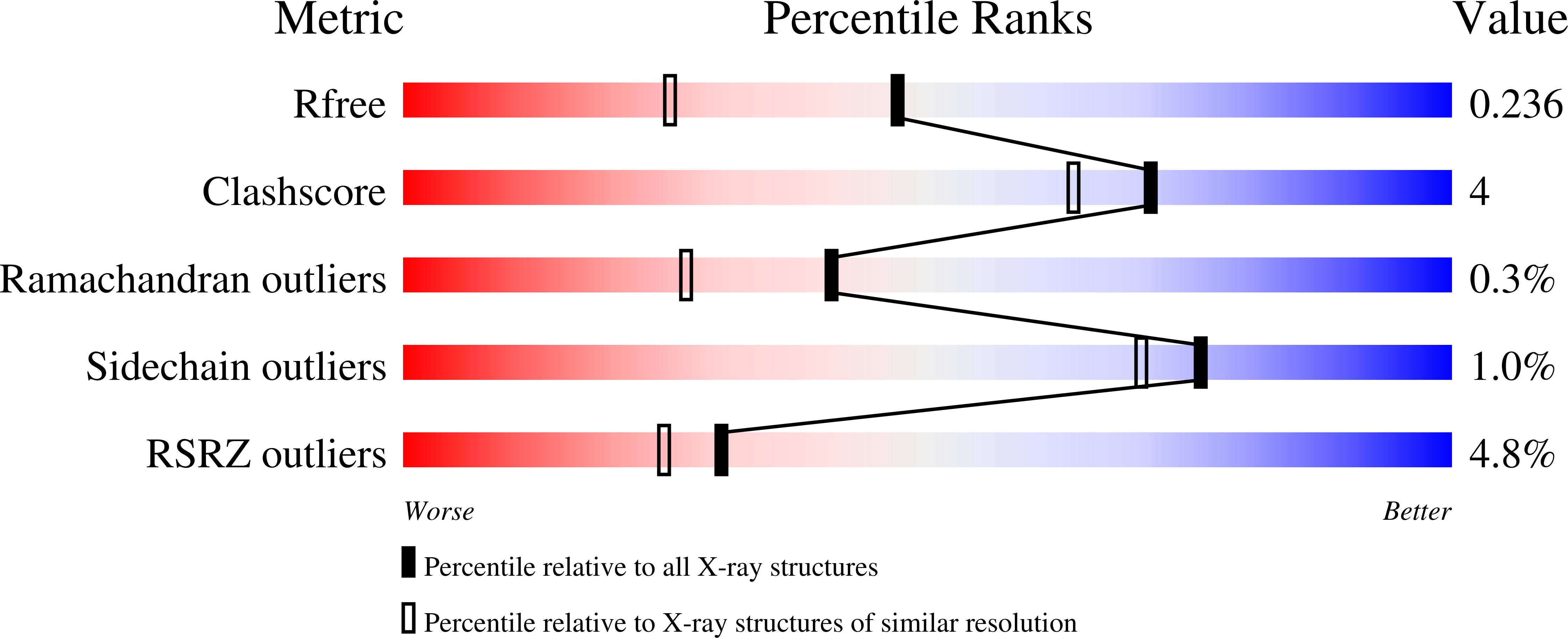
Deposition Date
1998-11-30
Release Date
1998-12-08
Last Version Date
2023-08-09
Entry Detail
PDB ID:
1B2S
Keywords:
Title:
STRUCTURAL RESPONSE TO MUTATION AT A PROTEIN-PROTEIN INTERFACE
Biological Source:
Source Organism:
Bacillus amyloliquefaciens (Taxon ID: 1390)
Host Organism:
Method Details:
Experimental Method:
Resolution:
1.82 Å
R-Value Free:
0.24
R-Value Work:
0.19
Space Group:
C 1 2 1


